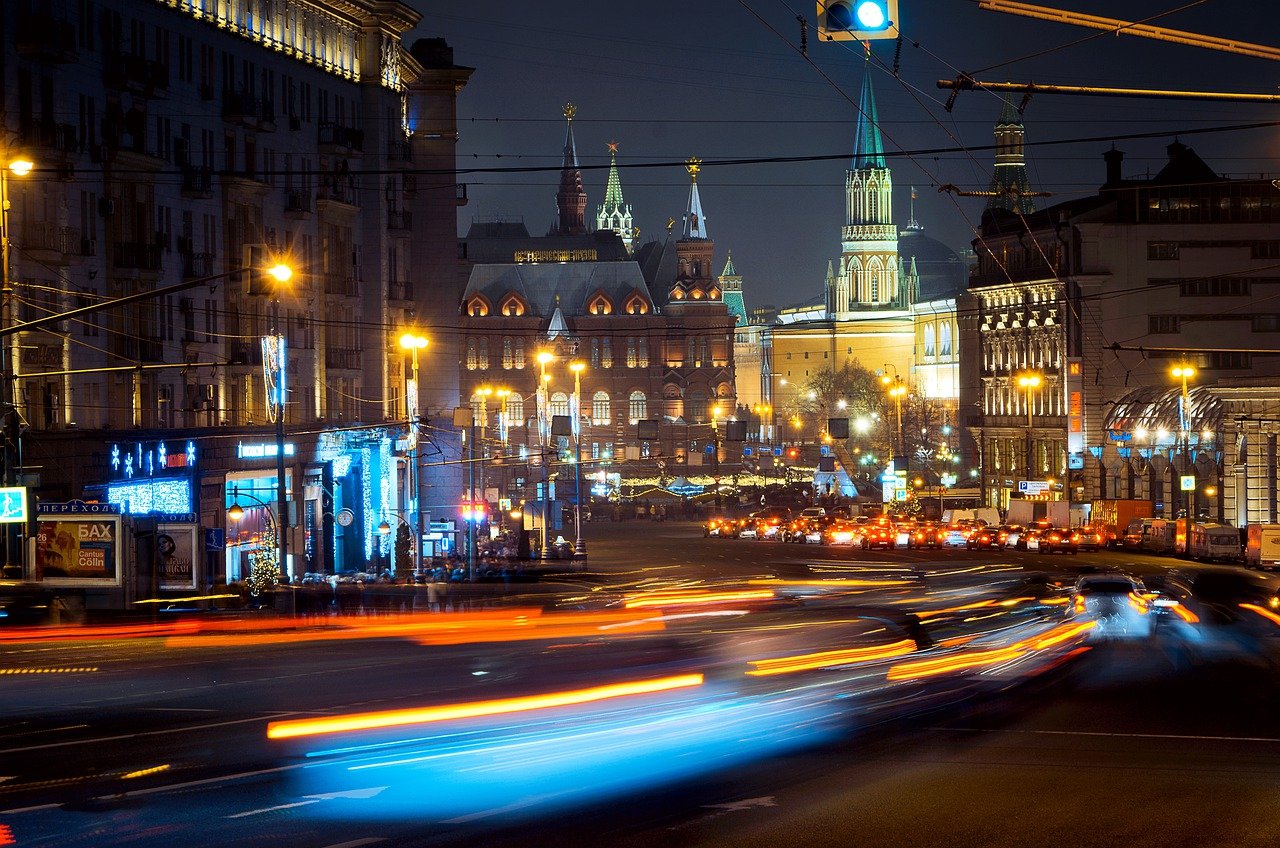Watchbear in Oriental Garden
Russia has been working on its restoration in Asia both politically and militarily for the past decade. President Vladimir Putin is often praised for his personal chemistry with Asian leaders like former Japanese Prime Minister Shinzo Abe (they met around 30 times!), Chinese President Xi Jinping (who was invited to cook Russian pancakes with Putin) and even “Rocket Man” Kim Jong-un of North Korea ― among all global leaders only Putin, Trump and South Korean President Moon Jae-in have personally met Kim.
Some might remember Russia being as remarkable in the Pacific twice before ― on the edge of the 20th century and during the Cold War. After the collapse of the Soviet Union, Moscow appeared to be focused primarily on a European agenda and was nearly wiped out from a Pacific whiteboard.
However, under contemporary circumstances of competing ideologies in a turbulent world, Russia is persistently trying to develop fruitful ties with key players. Strategic partnership with China, peace treaty negotiations with Japan and supporting denuclearization of the Korean Peninsula are integral parts of Moscow’s grand Eurasian strategy. Moreover, plans for boosting social and economic development of the lagging Far Eastern territories are originated from a core geopolitical interest of constructing a Eurasian super region as well.
As a matter of fact, such a vast and comprehensive drive should be provided with the proper quantitative, qualitative and structural level of military might. Nowadays Russia is unlikely to project its power extensively in Asia, preferring more focused and local force architecture.
Being confused by all the mess in the North East Asia, Moscow focused on building new capacity for deterrence and prevention of conflicts and challenges. First of all, Russia dramatically reshaped its forces in the Far East to make them more flexible for confronting new challenges. Due to the geography of the region, the Navy became a priority again.
Undoubtedly nuclear deterrence remained the basic task in terms of global stability. Now the Pacific Fleet has three new strategic nuclear submarines (SSBN), and two of them are the brand new Borey-class. By the end of 2024 three more Boreys are expected to arrive as the 40-years-old Delta-class subs will be decommissioned.
Notably new SS-N-32 (‘Bulava’ in Russian) missile can be loaded with six to 10 warheads and decoys and is believed able to defeat any existing ballistic missile defense (BMD) system and hit a target at a range of 9,300 km. New ‘Vanguard’ glider warheads potentially fit the missile as well. The fleet’s submarines are represented by the new Yasen-class vessels and three of them will enter service by the end of 2024.
The extremely silent and stealthy Yasen is armed with the hypersonic Zircon, supersonic Strobile, and subsonic Club missiles, and torpedoes and is able to hit an enemy’s submarines, surface ships and ground facilities from an impressive range. Conventional submarines include Kilo-class vessels but new versions are armed with Club cruise missiles and have more sophisticated equipment.
Claiming its Navy as a priority, Russia nevertheless lacks large and capable combat ships in the Pacific. The single Kirov-class nuclear cruiser looks likely to be scrapped in a few years as it has been in reserve since the 1990s. Rumors of its modernization cannot be verified. However a similar ship can transit to the Pacific from the Arctic after repairs are completed in 2022. So the Slava-class missile cruisers are still a major strike force able to destroy an entire task force with its supersonic Sandbox-2 missiles (conventional but nuclear warheads are stockpiled).
Russia possesses four Udaloy-class frigates which are active visitors to foreign seaports and participants in different drills, both routine and international. These ships are rather obsolete, but one of them is being modernized to be more effective in antisubmarine warfare and naval combat missions. The new Gorshkov-class will replace the others no sooner than 2025 to 2028.
By 2022 the Pacific Fleet will add five Steregushchiy-class frigates to one already commissioned and six more will arrive over the next five years. These ships (less than 2,500 tons) are capable of changing weapon systems easily according to the mission and will seemingly be the backbone of the Pacific Fleet for years. Some Black Widow corvettes are also to be commissioned in a few years as they have already proved valuable in precision strikes against ISIS from the Caspian Sea.
In a nutshell, Moscow has a vested interest in Pacific affairs and has no intentions to withdraw or to be squeezed out of the region. Nuclear deterrence is reliable and the conventional Navy is becoming stronger every year.
New weapons enter service in order to prevent any aggression to Russian territory and violation of its interests, the core of which is peace, certainly. So if Russia is often pictured as a bear, why not consider it as a watchman in a precious oriental garden to protect it from vandals? Scary for aliens, but in Russian folklore the clumsy bear is never evil but a mighty friend of the hero.
Andrey Gubin is an associate professor at the Department of International Relations, Far Eastern Federal University in Vladivostok. He also works at the Russian Institute for Strategic Studies as a senior researcher. His article was published in cooperation with the Asia-Pacific Leadership Network for Nuclear Non-proliferation and Disarmament (APLN).
This article was first published in The Korea Times on 18 November 2020 and is part of dedicated, regular column with analysis by APLN members on global issues. You can access the original post here.
Image: Pixabay stock, Sergey (sebuxarev).



